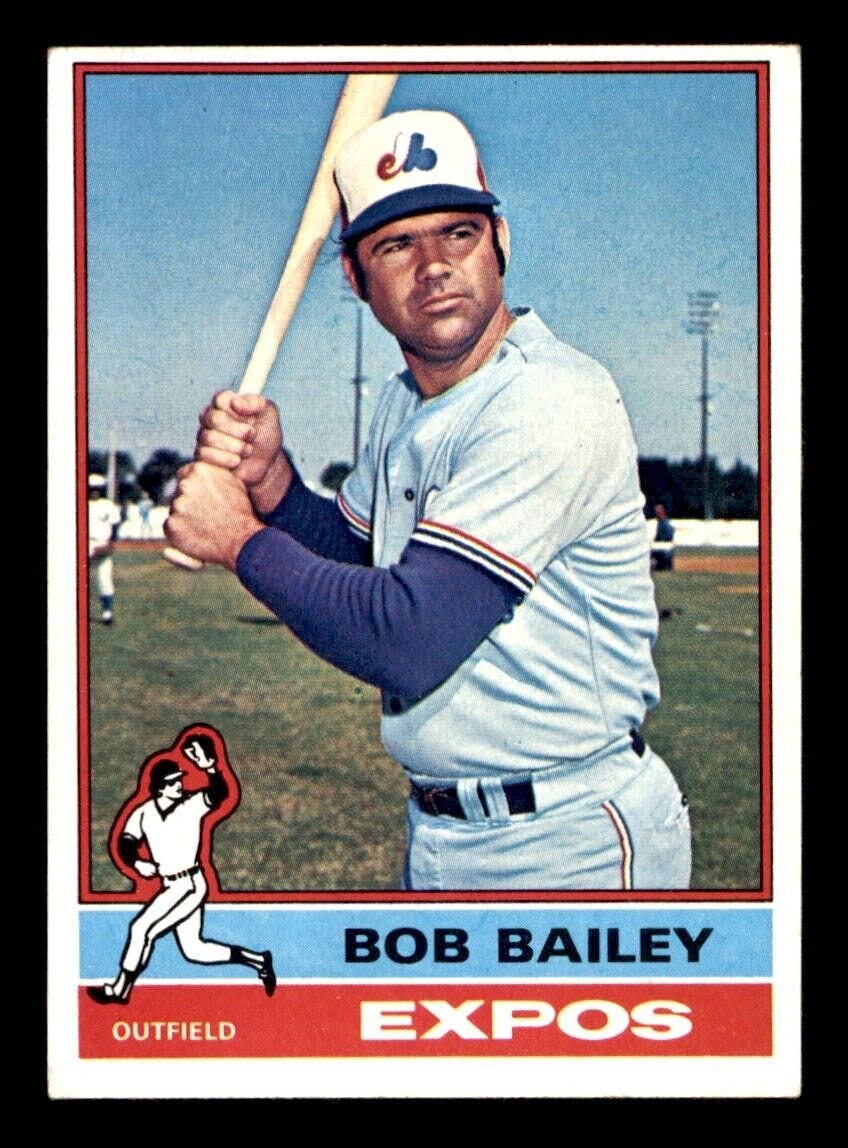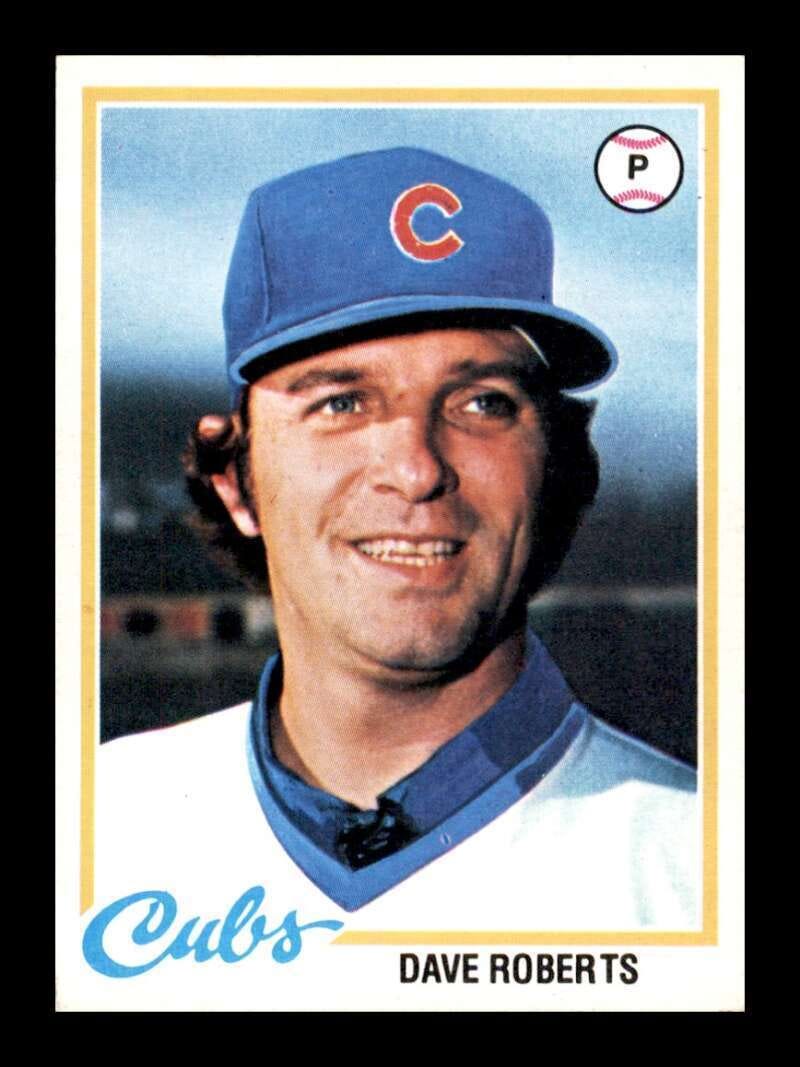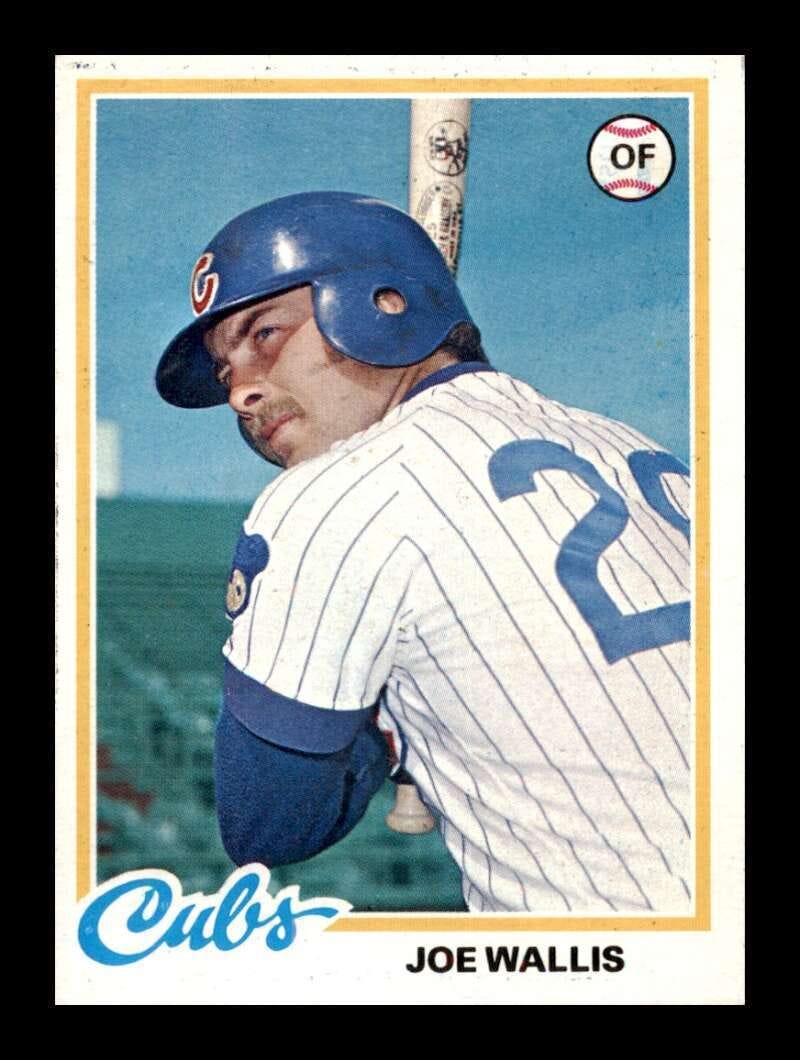In the dawning days of the 21st century I was a Cubs fan, like so many others, who was about to lose my mind at the team’s seemingly endless futility. Bob Bailey, pictured above, played for seven seasons in Montreal, so he also knew a little bit about what futility felt like. But fortunately, nothing lasts forever in life.
In the waning days of 1975, the Expos and the Cincinnati Reds made a trade. The Reds were fresh off an epic World Series win against the Red Sox, and they were looking to shore up their bench. Their starting lineup, the fabled “Great Eight,” needed a few days off every now and again, and Bailey was thought to be a piece of this puzzle. And during the 1976 season, he was exactly that.
Whenever Bailey did get to play—which wasn’t terribly often—he was backing up either George Foster in left field, or Pete Rose at third base. That team tore through baseball in a way that is rarely seen, before breaking up with the departure first of Tony Perez after the 1977 season, and then with Rose’s departure after the 1978 season.
Bob Bailey was traded to the Red Sox late in the 1977 season, so it can be argued that he was the first one to leave the party. He returned to Boston for the 1978 season, his 17th season in the majors, and in his final big league at-bat Goose Gossage struck him out in the 7th inning of the one-game playoff between the Yankees and Red Sox. If there was ever a more dramatic game in my young life, I couldn’t tell you what it was.
A postscript to this story happened in early 2002, when I was fortunate enough to attend a baseball fantasy camp in Vero Beach, Florida. I still have the white Reds home uniform that I wore at the camp, which was signed by Pete Rose on the front (I wore number 14 in his honor) and George Foster on the back. Although I knew nothing of Bob Bailey on that day, in the process of researching this piece I discovered that the two players that he had backed up in 1976 both signed my jersey. And as a complete aside, but something I want to mention anyway, Bob Bailey passed away six years ago, on January 9, 2018, a few months after his 75th birthday.
Dave Roberts, and there have been several players with this name throughout baseball history, is one of the best Jewish pitchers to have played the game. He also played for the Chicago Cubs in 1978 (making him one of my baseball droids) and then played with the 1979 Pirates, who won the World Series. I suspect the cap in the card shown above was airbrushed, but if so it was one of the more respectable efforts I have seen. Roberts worked as a boilermaker in the offseason, which caused him to develop lung cancer. Roberts passed away on this date in 2009, at the age of 64.
Speaking of my baseball droids, two of them are also celebrating birthdays on this date. “Tarzan” Joe Wallis (the only player I can think of with a nickname preceding his first name) is turning 72 today. The story of a home run that he hit in Key West during the 1974 season is possibly my favorite baseball story of all (click on the link if you’re curious) and he was traded to the A’s before the 1978 season. After five years in the majors, the last one coming in 1979, he resurfaced for a handful of games in the Mexican League in 1982. Not too shabby for a Southern Illinois Saluki product.
By virtue of the fact that today is his 71st birthday, Ivan DeJesus finishes off today’s 1978 Cubs hat trick. I’m quite sure that won’t happen again over the course of this project. And while I’m at it, here’s the checklist card for the team that year.
In 1981, the Philadelphia Phillies wanted to trade shortstops with the Cubs, offering Larry Bowa for DeJesus. Cubs General Manager Dallas Green requested a young Ryne Sandberg be included in the trade, and the Phillies agreed. Their desire to unload Bowa came back to bite them, as Sandberg went on to have a Hall of Fame career in Chicago.
That’s quite enough for now. Until tomorrow….







